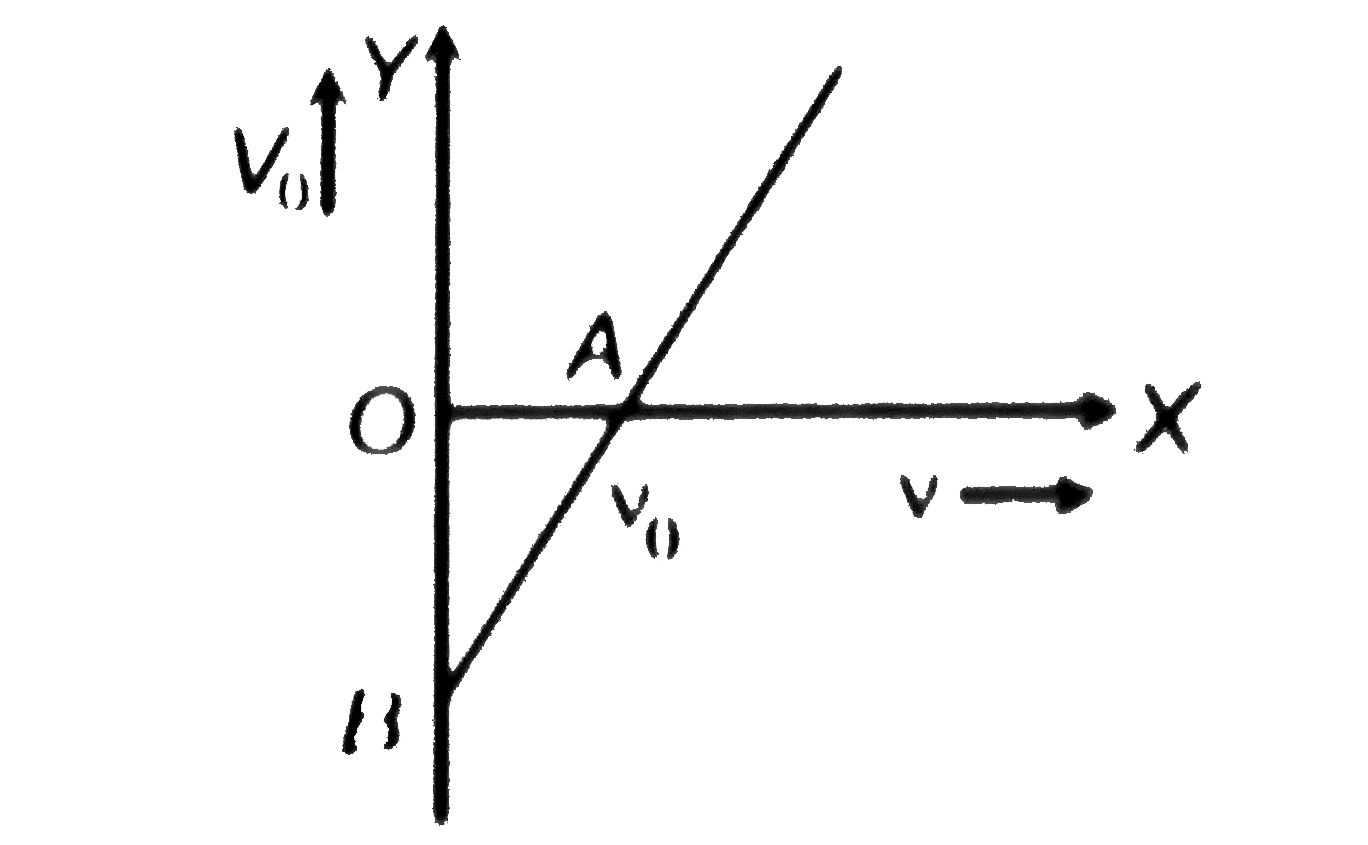Light of wavelength 488 nm is produced by an Argon laser which is used in the photoelectric effect. When light from this spectral line is incident on the emitter, the stopping ( cut- off) potential of photo electrons is 0.38 V. Find the work function of the material from which the emitter is made.
1.38eV
2.55eV
2.17eV
2.93eV
The correct Answer is:C
E=hCλ=124eV488=2.55eV
Kmax=eV0=e×0.38=0.38eV
Kmax=hCλ−ϕ0=E−ϕ0
ϕ0=E−Kmax=(2.55−0.38)=2.17eV
Similar Questions
Light of wavelength 400 nm strikes a certain metal which has a photoelectric work function of 2.13eV. Find out the maximum kinetic energy of the photoelectrons
View SolutionUltraviolet light of wavelength 280 nm is used in an experiment on photoelectric effect with lithium (φ=2.5eV) cathode. Find (a) the maximum kinetic energy of the photoelectrons and (b) the stopping potential.
View SolutionWhen light of wavelength 300nm (nanometer) falls on a photoelectric emitter, photoelectrons are emitted. In another emitter however light of 600nm wavelength is sufficient for creating photoemission. What is the ratio of the work functions of the two emitters ?
View SolutionIn an experiment on photoelectric effect the frequency f of the incident light is plotted against the stopping potential V0. The work function of the photoelectric surface is given by ( e is the electronic charge)

View SolutionThe work function (ϕ) of some metals is listed below . The number of metals which will show photoelectric effect when light of 300 nm wavelength falls on the metal is :

View SolutionIf light of wavelength of maximum intensity emitted from surface at temperature T1 Is used to cause photoelectric emission from a metallic surface, the maximum kinetic energy of the emitted electron is 6 ev, which is 3 time the work function of the metallic surface. If light of wavelength of maximum intensity emitted from a surface at temperature T2(T2=2T1) is used, the maximum kinetic energy of the photo electrons emitted is
View SolutionWhen a surface is irradiated with light of wavelength 4950A, a photocurrent appears which vanishes if a retarding potential greater than 0.6V is applied across the photo tube. When a different source of light is used, it is found that the critical retarding potential is changed to 1.1V. Find the work function of the emitting surface and the wavelength of the second source.
View SolutionIn a photo-electric cell, a retarding potential of 0.5 V is required to block the movement of electrons from the cathode when monochromatic light of wavelength 400 nm is incident on its surface. Find the work function of the material of the cathode.
View SolutionA point source of light is used in an experiment on photoelectric effect . Which of the following curves best represents the variation of photo current (i) with distance (d) of the source from the emitter ?

View SolutionEjection of the photoelectron from metal in the photoelectric effect experiment can be stopped by applying 0.5 V when the radiation of 250 nm is used. The work function of the metal is
View Solution
